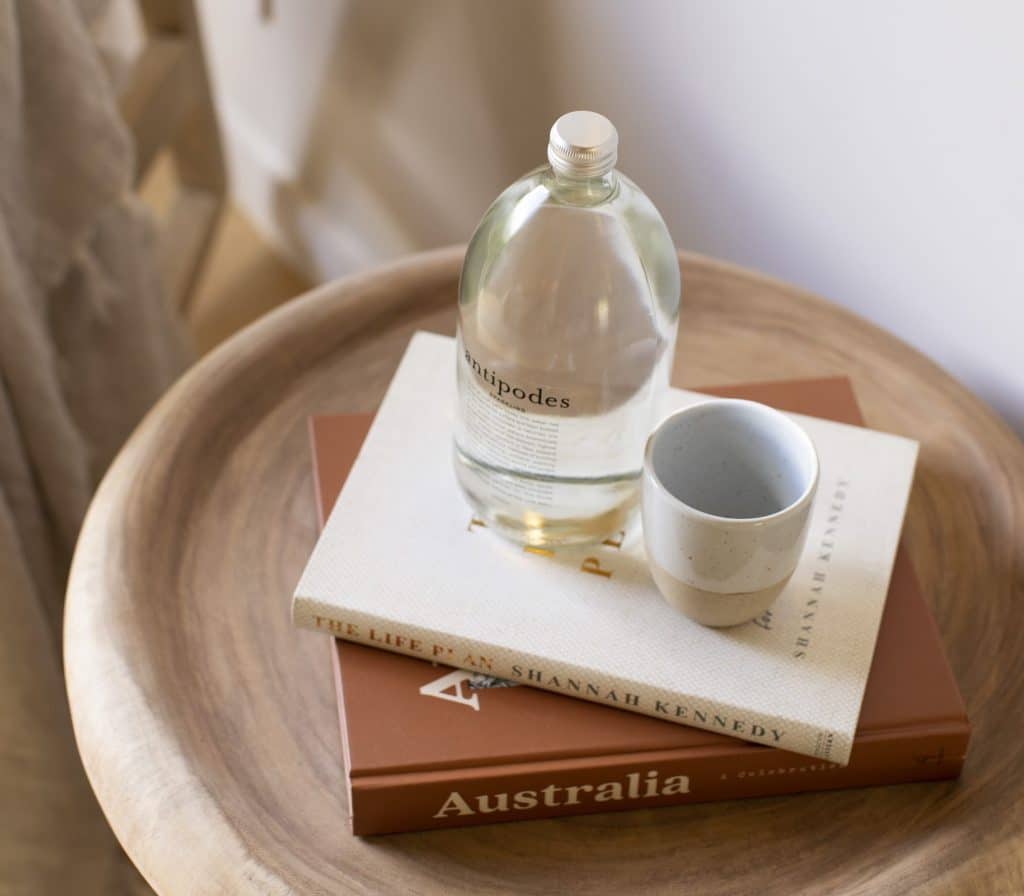Our bodies are made of approximately 60% water, so it’s important we replace fluids lost throughout the day. By remaining hydrated, our bodies are able to function properly and keep up with our busy day-to-day lives. However, fluid intake may not be the first thing on your mind during the winter months. We’re often so focused on immunity and overcoming illnesses (like the common cold) that something as simple as our water intake can slip by the wayside. This can make us susceptible to dehydration – just as much as in summer.
The risk during winter
In summer, the warmer temperatures tend to make us more thirsty and increase our perspiration, serving as physical reminders to top up on the fluids that our bodies are expelling. Without these indicators, we can easily get tricked into thinking we don’t need to drink as much water. However, we still sweat in the colder months. Thick, heavy clothing and being in a heated environment or cold, dry air can all contribute to the loss of moisture in our bodies. Additionally, every time we breathe or use the bathroom, more fluids are lost. Hydration is therefore not a seasonal priority, but something we need to be mindful of every day.
Key signs of dehydration
According to Health Direct, the following are key signs of dehydration in two different stages of severity.
Mild to moderate dehydration
- Feeling thirsty
- Having a dry mouth, lips and tongue
- Having a headache
- Having dark urine, and not so much of it
- Feeling dizzy or light-headed, particularly when standing up
Severe dehydration
- Feeling extremely thirsty
- Having a very dry mouth
- Breathing fast
- Having a fast heart rate and a low blood pressure
- Having a fever
- Having little or no urine
- Feeling irritable, drowsy or confused
5 ways to remain hydrated throughout the day
Set checkpoints in your day to drink water
As outlined above, by the time you start to feel thirsty, you may already be dehydrated. You cannot rely solely on your body’s indicators, so instead, schedule moments into your day to drink water or anchor your drinking time with certain events. For example, you could set an alarm every hour to have a glass of water, or ensure you fill up your water bottle each time you get up to go to the bathroom or the kitchen.
Enjoy warm beverages
Icy cold water isn’t the most appealing beverage when the outside temperature is almost cold enough to match! Balance out your fluid intake in the day by infusing warm water with a slice of lime or lemon along with a drizzle of honey. Green tea and herbal teas are other wonderful, warm alternatives for a cosier way to stay hydrated during winter.

Add flavour to your water
Not everyone enjoys the taste of water on its own. However, you can easily add a hint of sweetness by adding a squeeze of fresh fruit, pop in a handful of berries or sliced citrus fruits, infuse a cold water tea bag or even add herbs such as mint. Not only does this create a variety of flavours to make your water more interesting, but it also creates a sugar-free, hydrating alternative to any fizzy drinks or caffeinated beverages you may normally consume throughout the day.
Add hydrating foods to your diet
You don’t need to rely on beverages alone to replenish your fluids. Incorporating hydrating foods into your diet is a great hack to adding extra water into your day. Fresh fruits and vegetables such as cucumber, tomatoes, spinach, strawberries and celery all contain at least 85% water, as well as a whole host of additional nutrients to boost your overall health. Blending seasonal vegetables into homemade soups also creates a wholesome, nourishing meal that’s full of goodness and helps to keep you hydrated.

Wear layers instead of woollens
Reducing the amount that you perspire throughout the day will help the body retain more fluids. Although the air is cold outside, heavy woollen clothing restricts your body’s ability to breathe and heated rooms can quickly increase your body temperature, especially if you’re rugged up. Layering breathable fabrics will help keep you warm and reduce the amount you sweat throughout the day.
If you haven’t been mindfully drinking water and topping up your fluids over the past couple of months, these tips are simple ways to ensure that your body stays hydrated. Even if you have not yet experienced any of the symptoms outlined earlier, taking a proactive approach is the best way to keep your body healthy and functioning at its best – all year round.





